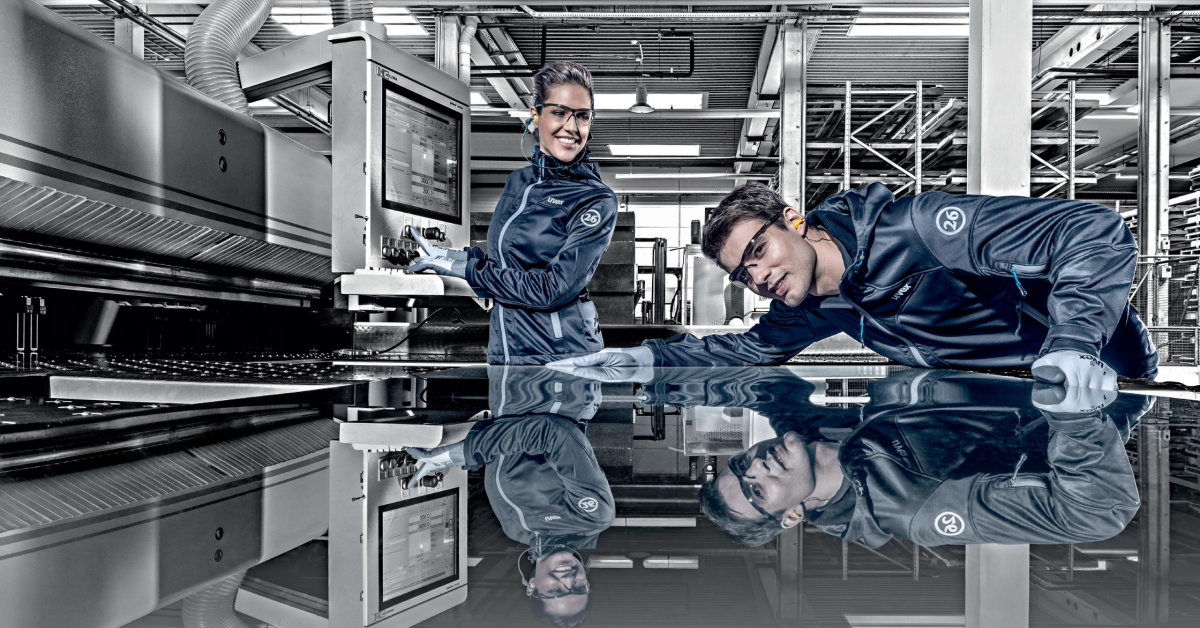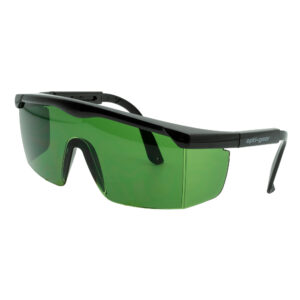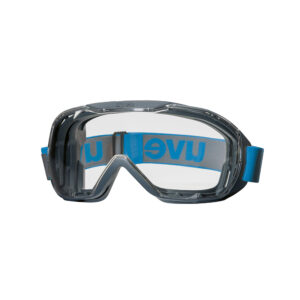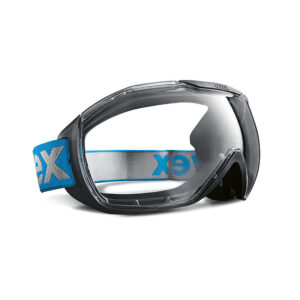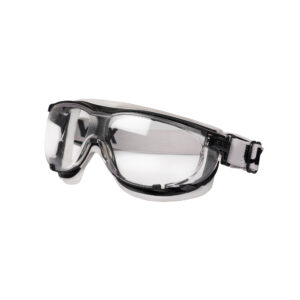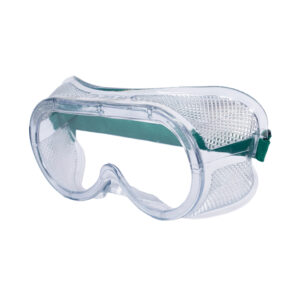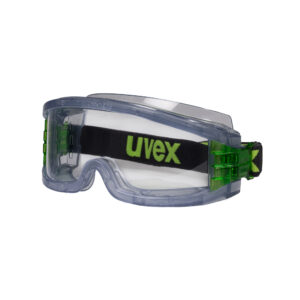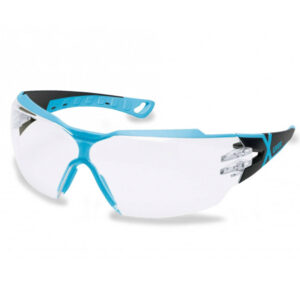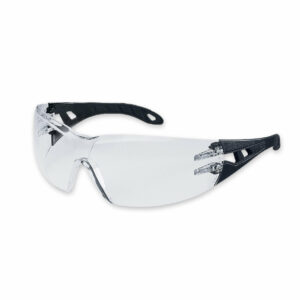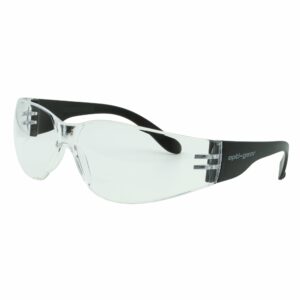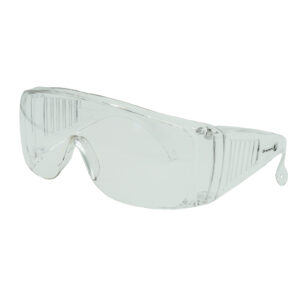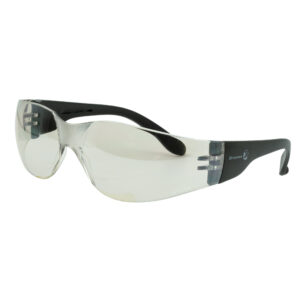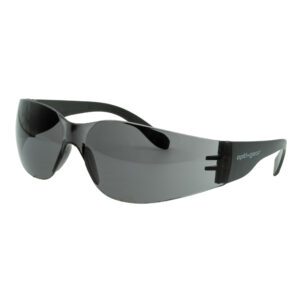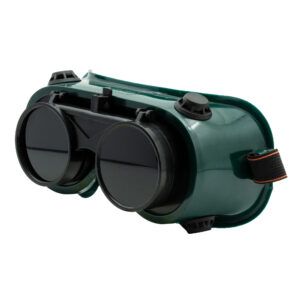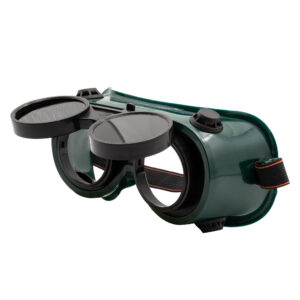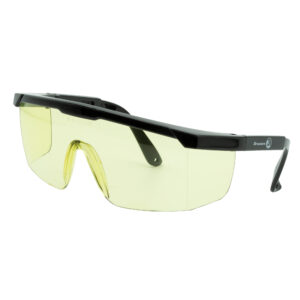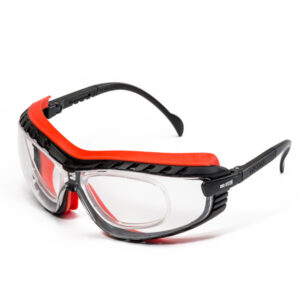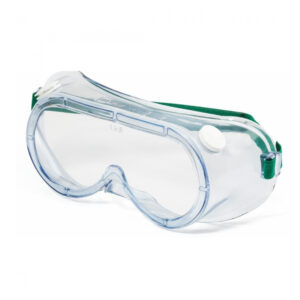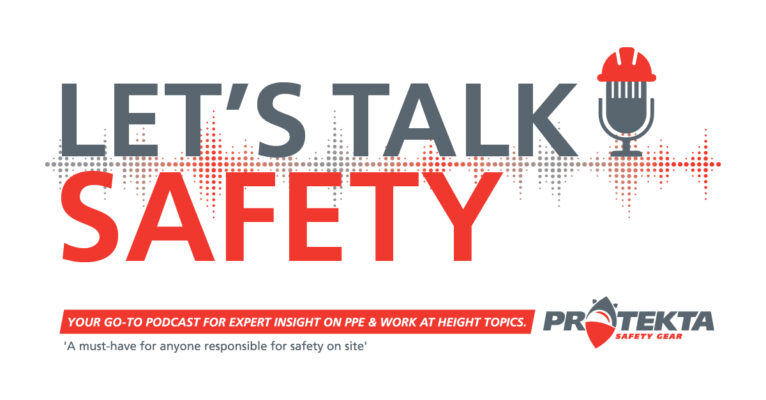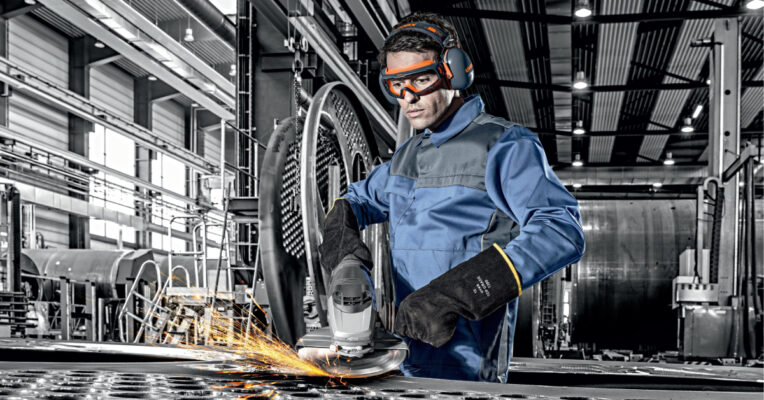Eye Protection, General, Podcast Articles
Cost of Ownership vs. Price: A Strategic Approach to Purchasing Eye Protection
When selecting eye protection for the workplace, the initial price tag often captures the most attention from procurement departments. However, the true value of such safety equipment is better assessed through the lens of total cost of ownership (TCO) rather than just the upfront cost. This concept is crucial in understanding why opting for seemingly cheaper options can, in fact, result in higher long-term costs due to factors like durability, maintenance needs, and even the potential for increased workplace injuries.
Price: The Immediate Cost
The price of eye protection—such as safety goggles or spectacles—is the amount paid at the time of purchase. It’s straightforward and is often the deciding factor in procurement decisions, especially when budgets are tight. However, focusing solely on price can be misleading. Cheap eye protection might fulfill short-term financial goals, but it often fails to provide the best value or safety in the long run.
Cost of Ownership: The Bigger Picture
The total cost of ownership in eye protection includes several factors beyond the initial purchase price:
- Quality and Features: Premium quality safety spectacles generally have optical clarity which their less expensive counterparts (most cheap safety spectacles) do not, optical clarity is important as without this, the user could experience headaches and in turn increase downtime.
- Durability and Replacement Costs: Higher quality eyewear might come with a higher price tag but generally lasts longer than cheaper alternatives, which need to be replaced more frequently.
- Maintenance and Cleaning: Quality eye protection often features premium quality coatings such as anti-fog and anti-scratch, which when maintained correctly minimises the need for frequent replacement, thus reducing the long-term costs.
- Workplace Safety and Productivity: Properly fitted and comfortable eye protection reduces the risk of workplace injuries. As employees are reluctant to wear uncomfortable eye protection, often removing it or not wearing it at all, this can lead to an IOD. These injuries not only affect health and safety records but also result in costs associated with downtime and decreased productivity.
Real-World Application
Drawing from the experience shared by Christo Nel, MD of uvex South Africa, let’s consider the use of eye protection in diverse environments—from pharmaceutical settings to heavy industrial sites like mines. The conditions in these workplaces vary drastically, influencing the type of eye protection needed. For instance, in dusty, gritty environments like mines, the durability of the goggles and the effectiveness of anti-scratch and anti-fog coatings become crucial to maintain clear visibility and protect the worker’s vision.
Moreover, Christo highlights an important aspect of selecting eye protection: compatibility with other personal protective equipment (PPE). Eyewear that does not fit well with helmets or masks might compromise safety, leading to higher costs related to accidents and injuries. Thus, ensuring good fit and compatibility is essential, impacting the overall cost of ownership by reducing the risk factors associated with poorly integrated PPE.
Long-term Savings and Productivity
Our approach to eye protection emphasises the importance of viewing PPE not just as a compliance requirement but as an investment in worker safety and operational efficiency. Quality eye protection might seem expensive initially but considering the broader implications on safety, worker satisfaction, and productivity, the investment pays off. High-quality PPE reduces the frequency of replacements, lowers the risk of injuries, and decreases downtime—all contributing to a lower cost of ownership over time.
Click HERE to listen to Episode 5 of our podcast episode on eye protection.
View our spectacles and goggle options below.

